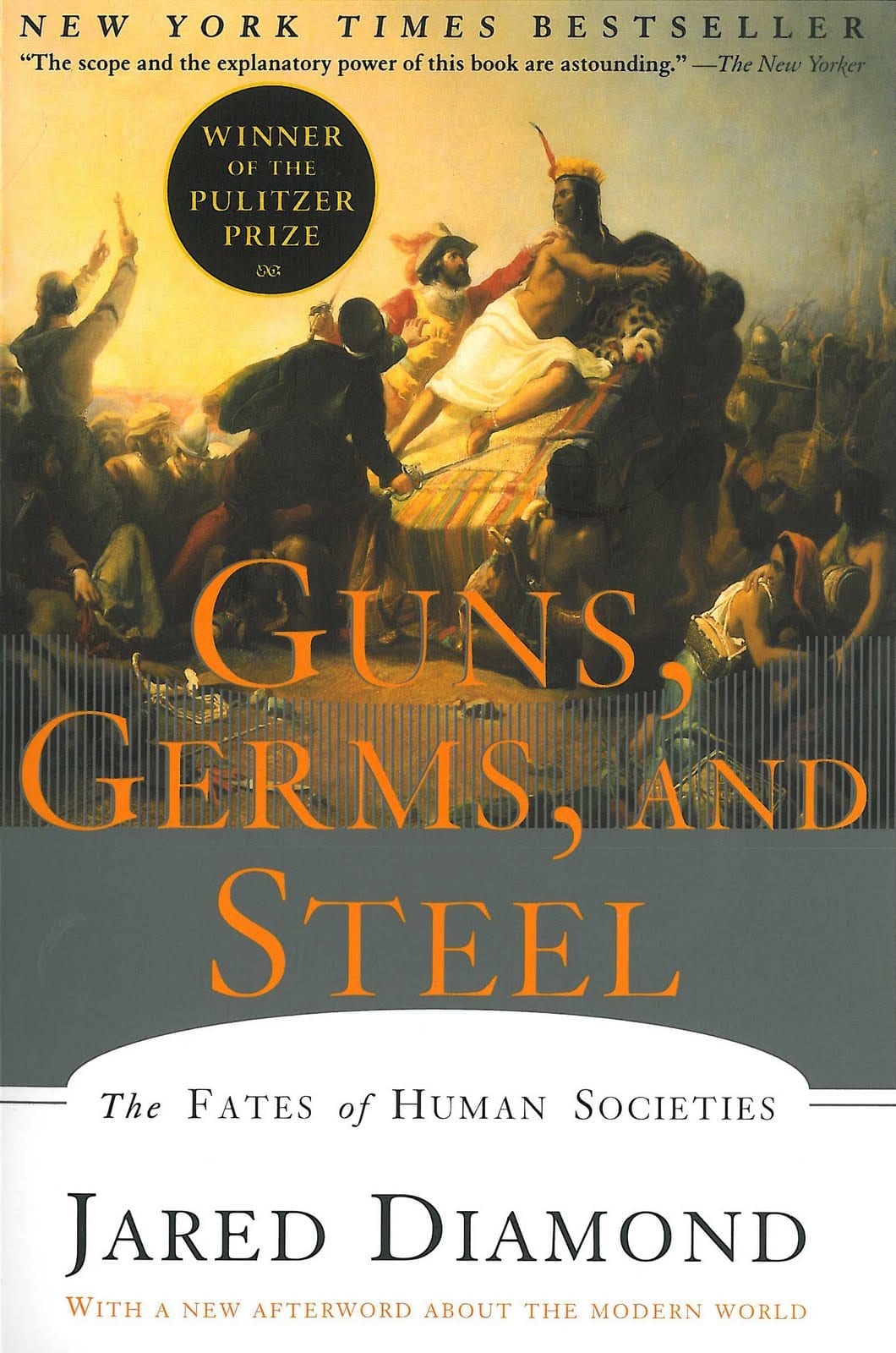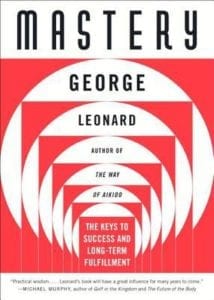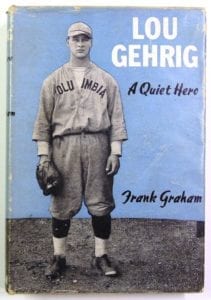Guns, Germs, and Steel
Reason Book was Chosen:
I've heard so much about this book over the years that I want to read it. I love these types of books that present societies through the lens of particular items.My Thoughts
I read a book 10 years ago called The Last Days of the Incas by Kim MacQuarrie. I read this right before working in Lima, Peru for 4 months and I wanted to learn a little more about Peru’s history. I was astonished by what I read. This elaborate, enormous, Incan culture was effectively wiped out by 168 Spaniards. The epic meeting at the Battle of Cajamarca between the Spaniard Francisco Pizarro and the Incan emperor Atahualpa on 16 November 1532 led to the deaths of 7,000 Inca Indians and 0 Spaniards. That’s not a typo. ZERO Spaniards. One got hurt, that’s all. In the battle (is it a battle if no one from one side dies), Atahualpa was captured, ransomed for a roomful of gold, and then killed anyway. That effectively ended the Incan empire of 80,000 soldiers and millions of people.
168 soldiers. Let that sink in.
How in the world does that happen? That story has stuck with me these past 10 years. I’ve thought about it quite often.
Guns, Germs, and Steel uses the Battle of Cajamarca as a starting point to answer the question posed to the author by a New Guinean friend:
“Why is it that you white people developed so much cargo and brought it to New Guinea, but we black people had little cargo of our own?”
In this quote, cargo basically means stuff. Goods. Products. The question, and the broader question, is what distinguishes the fates of societies? Why are some societies conquerors and others the conquered? It’s quite a topic to try to tackle in a 440 page book, but the author Jared Diamond does a magnificent job.
As the title suggests, the societies with guns, germs, and steel eventually won out. So, how did they get the guns, germs, and steel? How did differences between hunter-gatherers and farming societies play out in history? Were differences in levels of advancement due to the people or the environment? Why didn’t Atahualpa, with his empire of millions, conquer Spain instead of the other way around?
These are just a few of the questions addressed in this book. It was expansive. If ever the overused phrase “tour de force” should be used for a book, it’s this one. As Bill Gates is quoted on the back cover, this book “lays a foundation for understanding human history.”
I wish I had read this 20 years ago as an undergrad studying international business. It would have provided a great framework in which to view broad historical developments. I find that frameworks, even vastly imperfect ones, at least provide structure to learning about additional information in a given field. This book provides that framework.
Why does any of this matter? As the author is quoted in the afterword:
“The nations rising to new power [today] are still ones that were incorporated thousands of years ago into the old centers of dominance based on food production, or that have been repopulated by peoples from those centers.”
Whether societies were hunter-gatherers or food producers impacts our history today. It impacts geopolitics. It impacts poverty and wealth.
This book was so enlightening. I consider it to be one of the most important books I’ve read for this reading project and would go so far as to say, were I a benevolent dictator, I’d make this required reading at the high school level. If you haven’t read this one, do it. It was easy to read. It was fun to read. And I’ll never look at history, societies, countries, or the Battle of Cajamarca quite the same way again.



